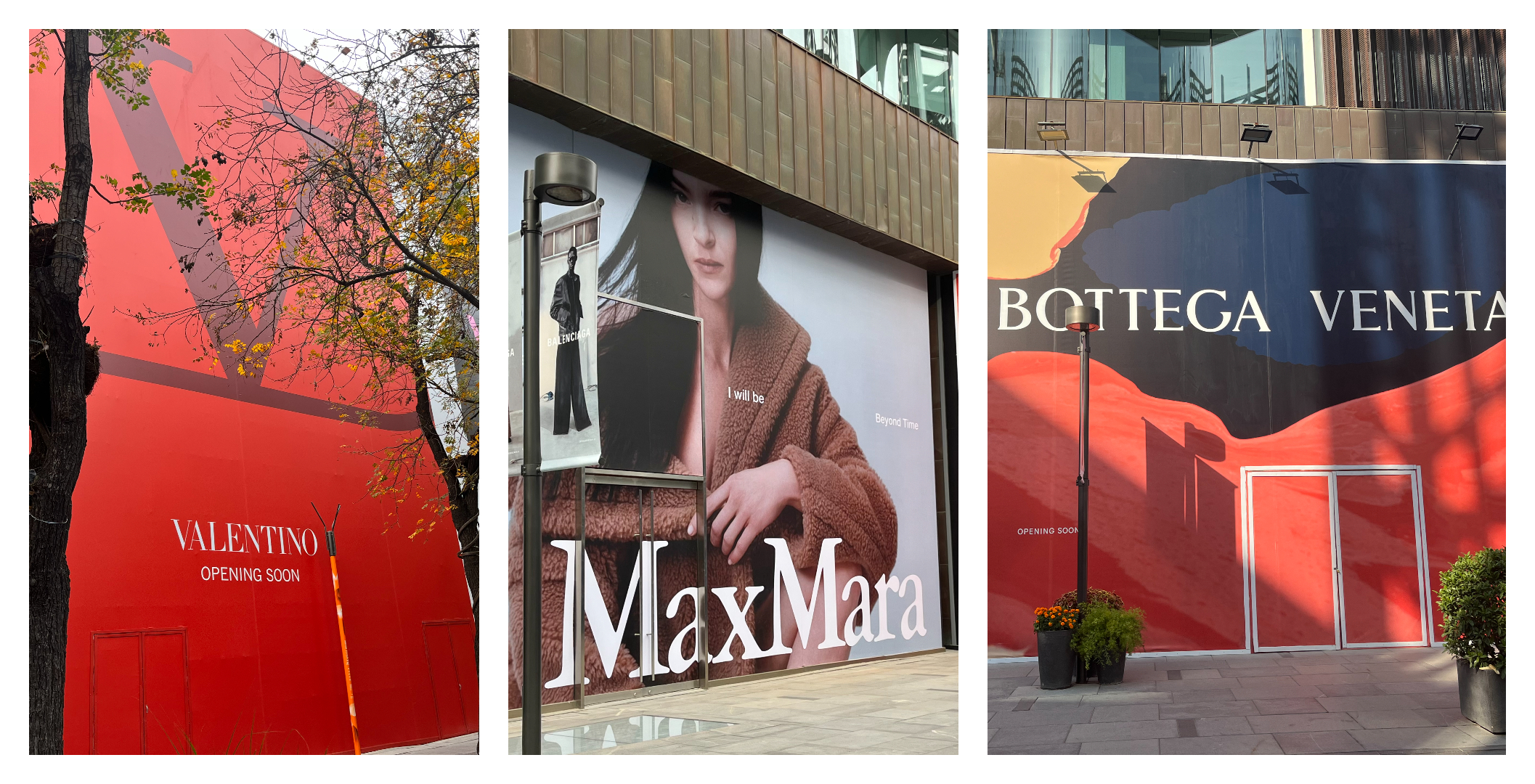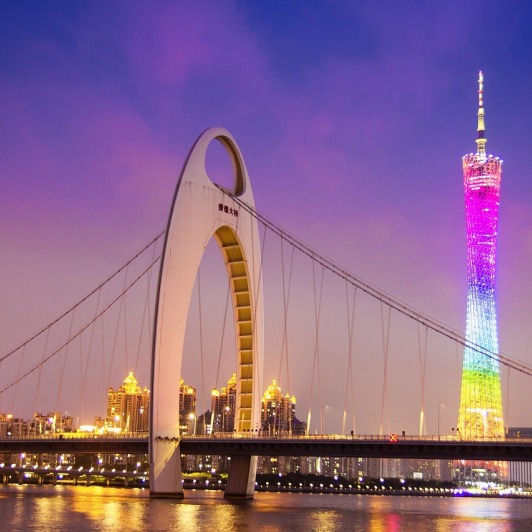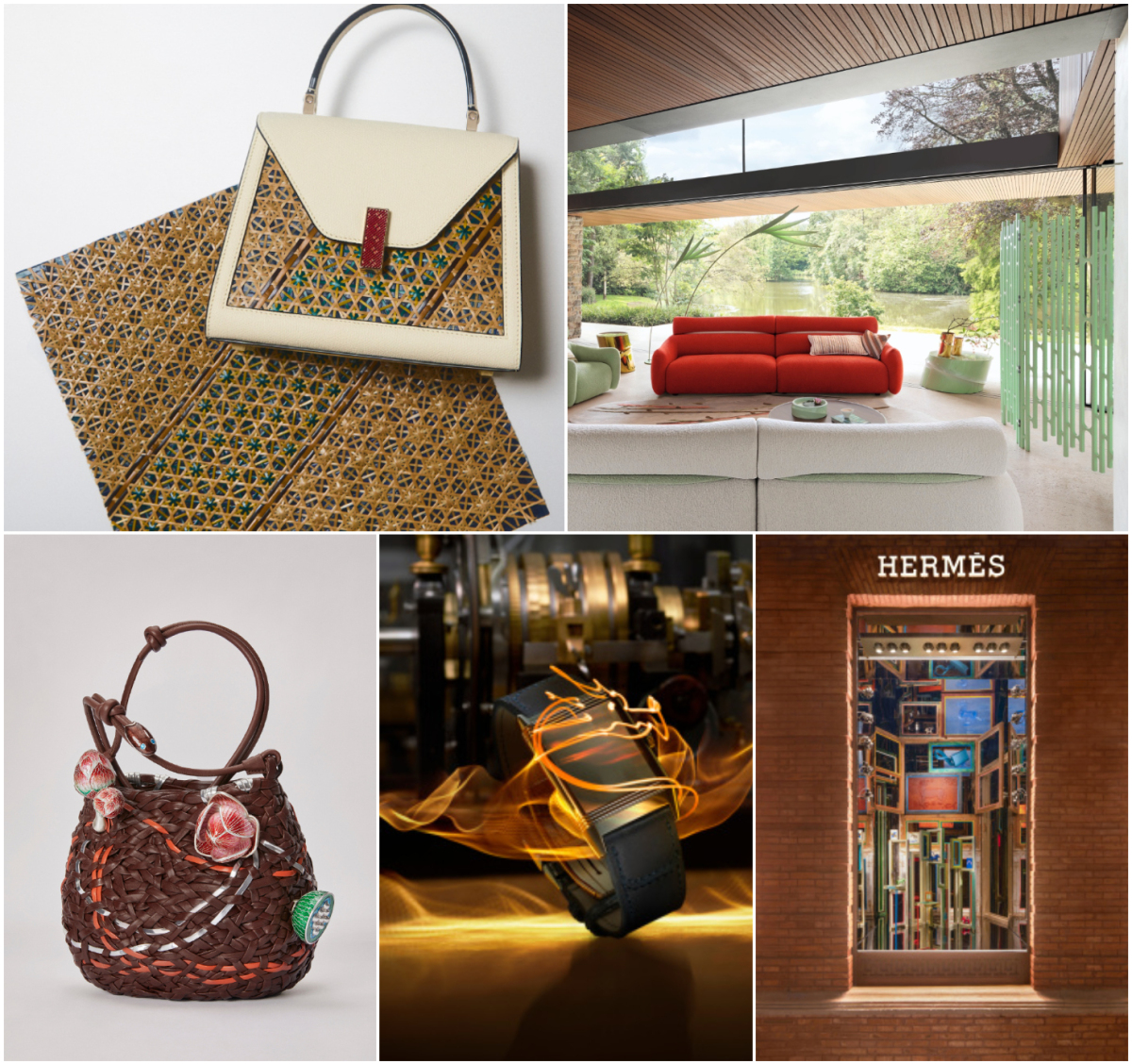From sofas to tableware, luxury fashion brands are aggressively showcasing their unique charm in home living spaces.
In flagship stores, dedicated displays for home collections are increasingly common. Italian giants like Versace, Fendi, and Dolce&Gabbana have recently opened standalone homeware boutiques in China. Meanwhile, mobile users are bombarded with notifications for luxury home products via official websites and WeChat mini-programs.
Beyond fashion, leather goods, and jewelry, luxury fashion brands are expanding into lifestyle experiences, crafting an increasingly complete “home universe.”
From Fendi, a pioneer in home collaborations, to Tiffany’s recent foray, LUXE.CO explores how these brands are conquering diverse living scenarios through their latest home collections.
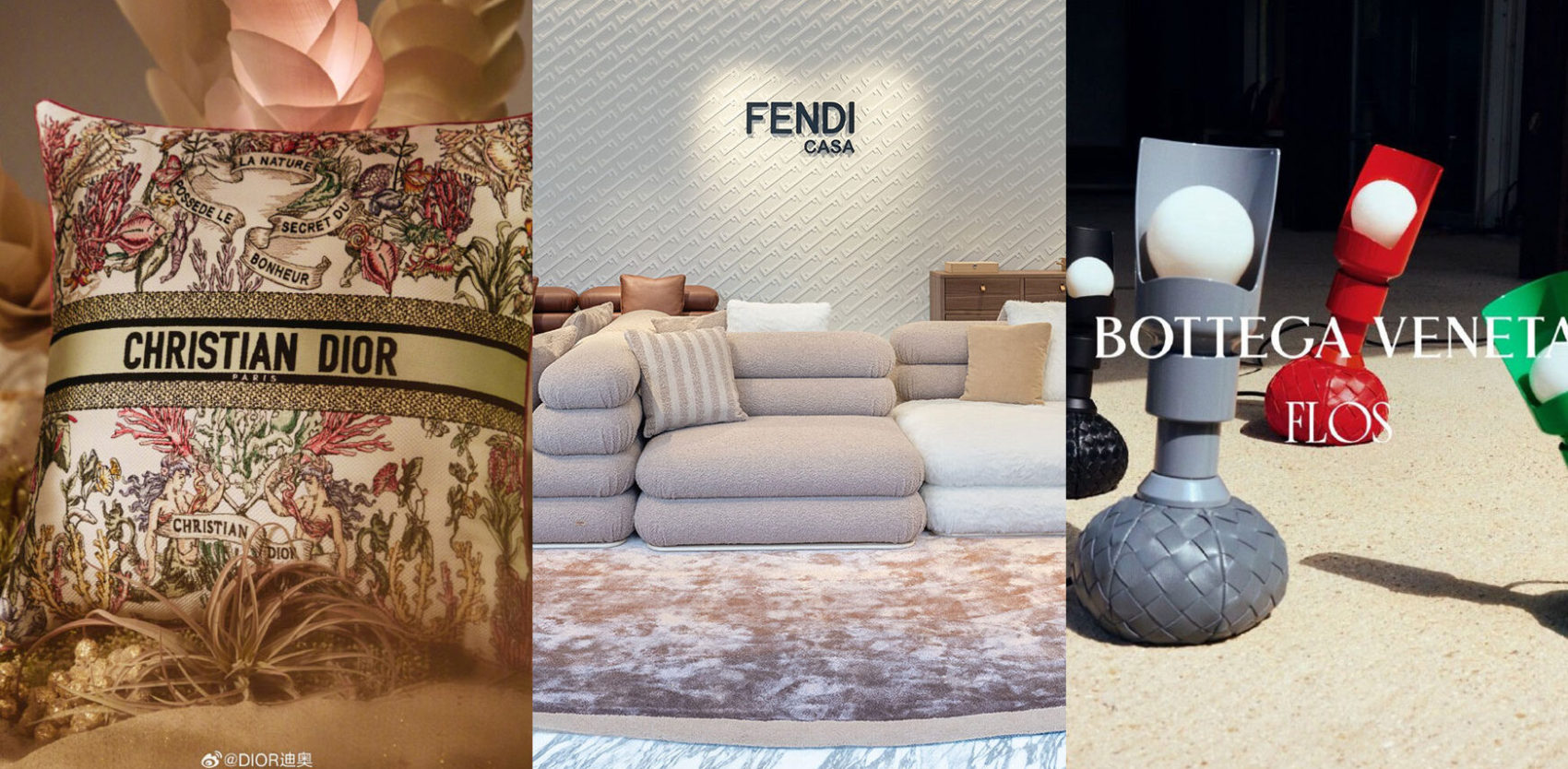
How Are Luxury Brands Crafting Diverse Home Categories?
—Tableware & Textiles: Lightweight Entry Points
Luxury home life demands meticulous attention to every detail. Home products must balance aesthetics with practicality—sleep, dining, bathing, socializing, and work. For brands rooted in fashion or jewelry, breaking into complex home niches is challenging. Tableware and textiles serve as accessible entry points.
Dior and Tiffany lead in this category, offering tableware (plates, glassware, tea sets), textiles (cushions, throws), and lifestyle accessories (stationery, games). These items align with brand aesthetics, often overseen by in-house creative directors who mine archival inspiration.
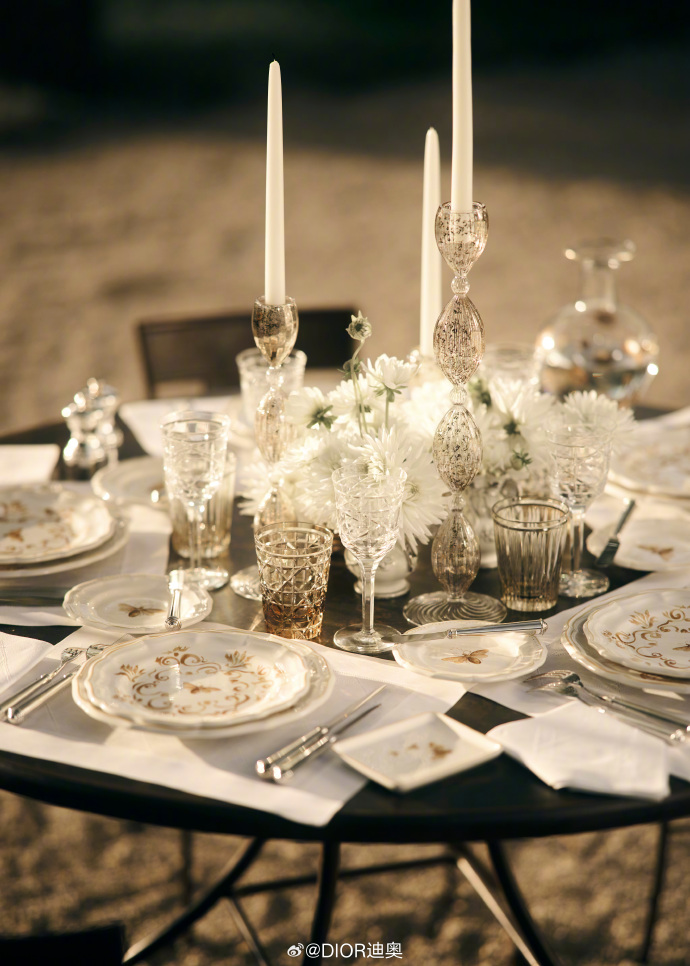
For example, Dior’s iconic Cannage quilting and Toile de Jouy prints adorn plates, outdoor chairs, and cushions. Tiffany reinterprets its T True jewelry and historic motifs (Brooklyn Bridge, Bird on a Rock) into tableware.
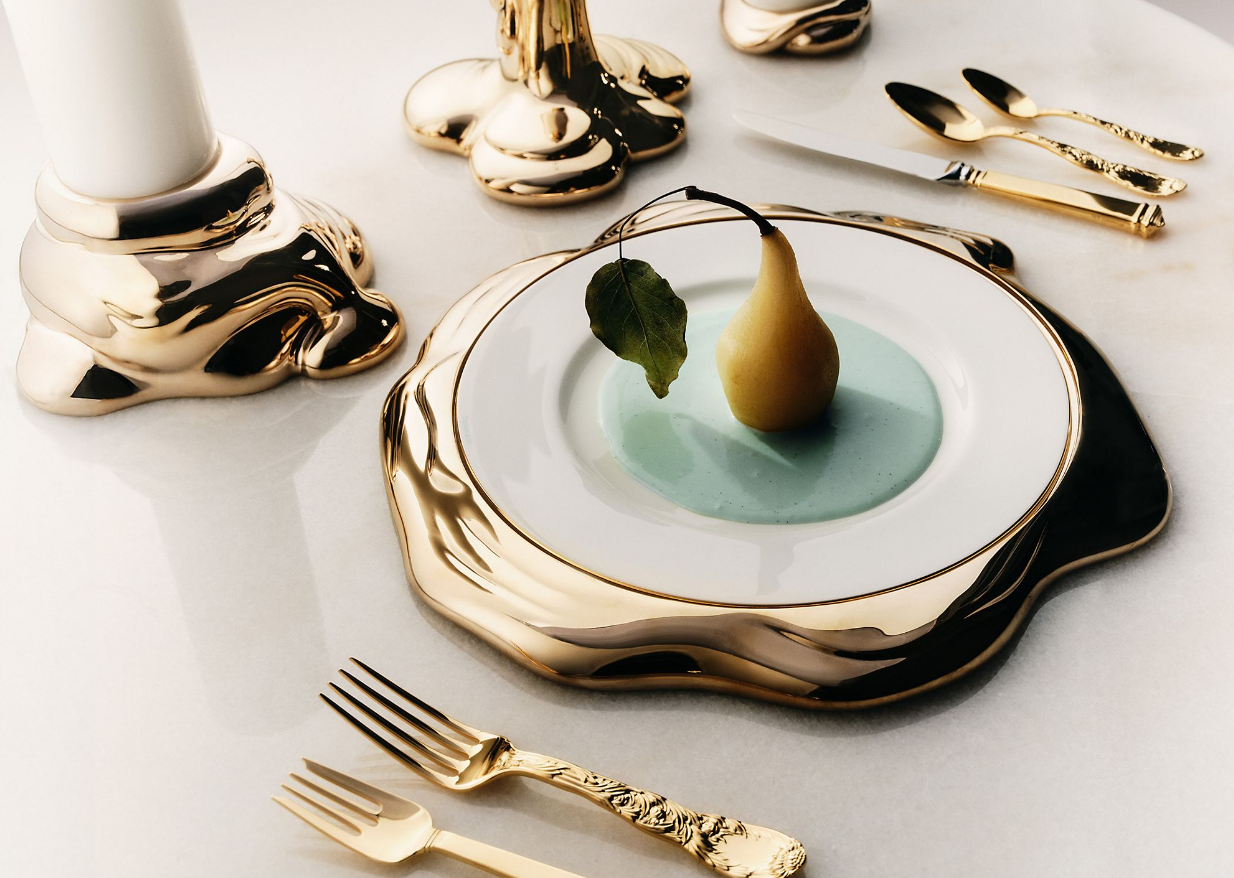
In January 2024, Tiffany’s revamped Chengdu Taikoo Li flagship unveiled a dedicated lifestyle floor for tableware and baby collections.
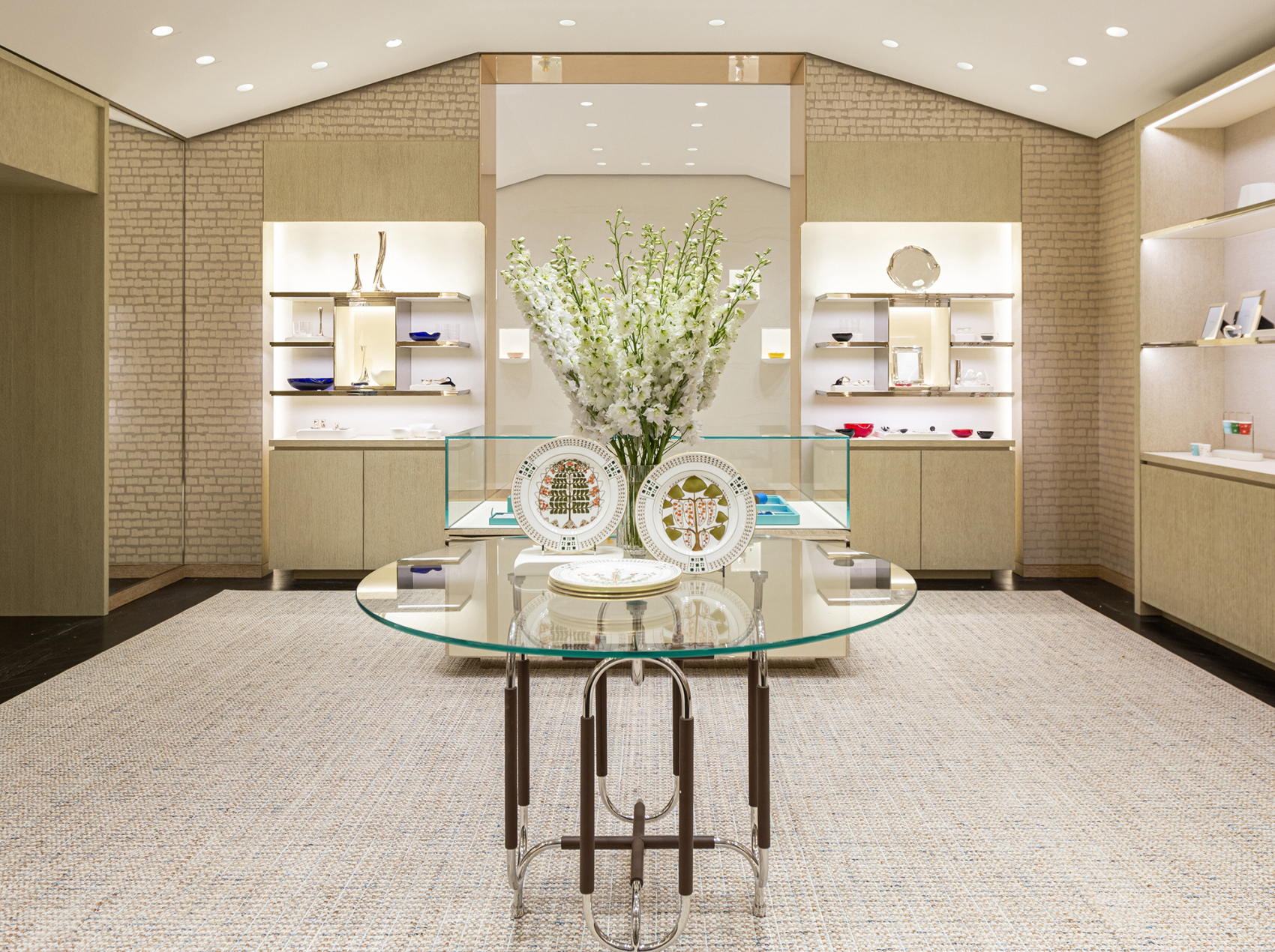
Home products serve as a canvas for luxury brands to showcase their craftsmanship. Dior, primarily known for fashion and leather goods, demonstrates intricate embroidery techniques on textile items like cushions, while Tiffany—once renowned for silverware—incorporates silver accents into its ceramic tableware.
When venturing into unfamiliar territories within homeware, brands proactively collaborate with specialized manufacturers. For instance, DIOR MAISON partnered with the historic French enamel workshop Manufacture des Emaux de Longwy to craft limited-edition vases for its latest holiday collection.
Versace Home has collaborated with German porcelain giant Rosenthal since 1992 on ceramic collections. Meanwhile, Gucci laid the groundwork for its Gucci Décor line (launched in 2017) by acquiring Italian porcelain house Richard Ginori (rebranded as Ginori 1735) in 2013.
—Partnering with Experts: Mastering Large Furniture
Brands like FENDI Casa, Versace Home, and Casa Dolce&Gabbana anchor their home lines in large-scale furniture—sofas, armchairs, dining tables, and cabinets.
Notably, Fendi pioneered luxury homeware as early as 1988, followed by Versace in the 1990s. Dior launched its home division in 2017, while Tiffany debuted its line in 2023. Decades of expertise enable veterans like Fendi and Versace to dominate complex furniture craftsmanship.
Large-scale furniture demands specialized supply chains and manufacturing. To ensure quality, brands collaborate with industry leaders, leveraging their production networks and retail channels to establish standalone stores for immersive displays.
Since 2023, FENDI Casa has opened two flagship stores in China: Shanghai’s 1788 Square and Chengdu’s Intime Center IN99. Spanning 600–750㎡ across two floors, these spaces recreate living environments—living rooms, dining areas, bedrooms—for customers to experience sofas, beds, lighting, and decor. Brand signatures like the FF logo, Karligraphy (by late creative director Karl Lagerfeld), Pequin stripes, and Fendi Yellow permeate the interiors.
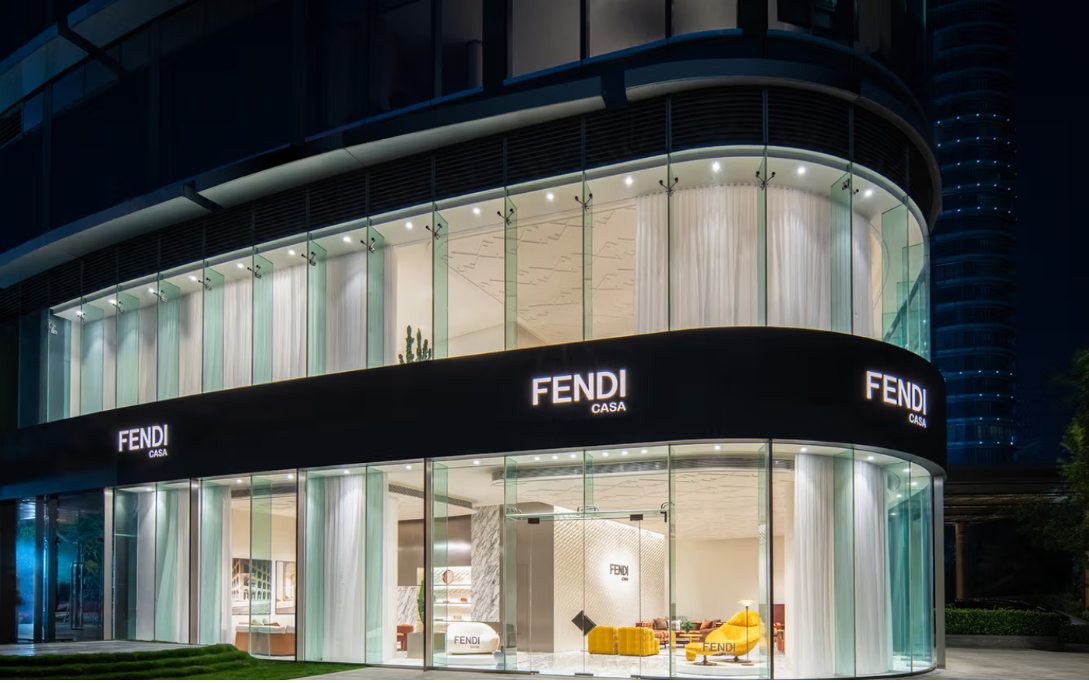

FENDI Casa partners with Italian design conglomerate Flos B&B Italia (formerly Design Holding) through their 2021 joint venture, Fashion Furniture Design.
FENDI Casa CEO Alberto Da Passano explained in an interview with LUXE.CO: “Managing homeware—from market research to production—requires distinct expertise. The long product cycles demand meticulous supplier selection.” Design Holding’s support has enabled FENDI Casa to access top-tier talent and establish dedicated manufacturing facilities.
Versace Home, distributed by Italian furniture giant Luxury Living Group (also Fendi’s former partner), expanded in China with two stores in November 2024—including a 1,200㎡, four-story flagship in Hangzhou’s Qianjiang Century Park. The space channels Italian palazzos, with Medusa motifs and Greek patterns adorning sofas, coffee tables, and bookshelves.
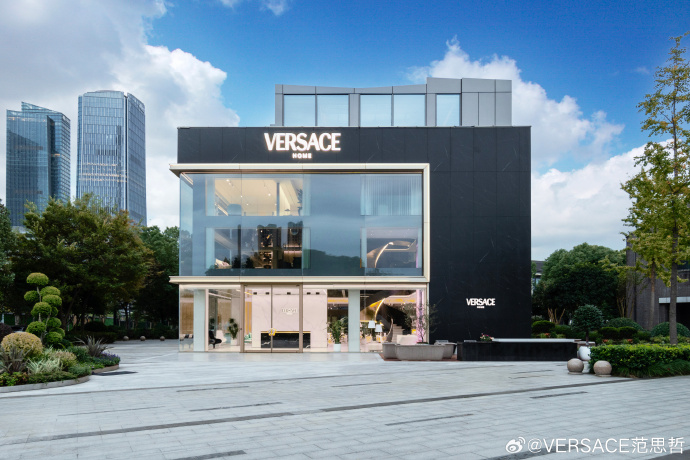
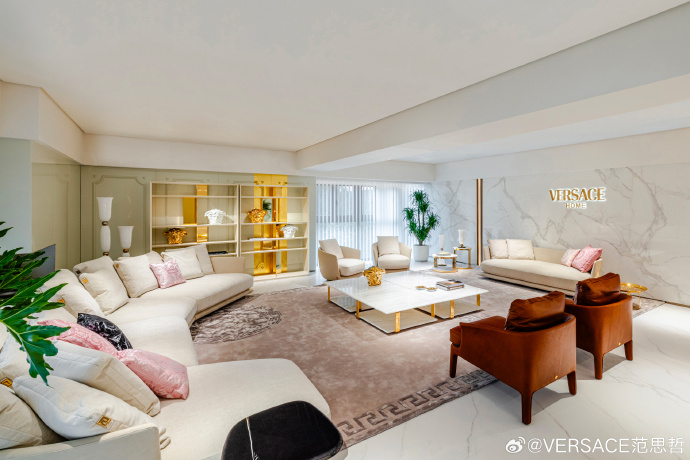
Meanwhile, Dolce&Gabbana made waves in June 2024 by opening its first overseas Casa Dolce&Gabbana experience space in Shanghai’s Zhang Yuan. The second floor showcases furniture and accessories featuring the brand’s iconic Carretto Siciliano prints and zebra-leopard motifs.
Despite launching its home line in 2021, Dolce&Gabbana rapidly scaled through partnerships with Luxury Living Group, debuting standalone boutiques by 2022.
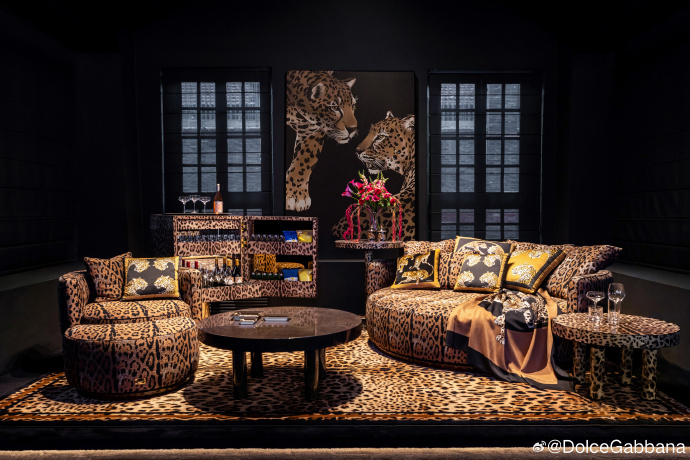
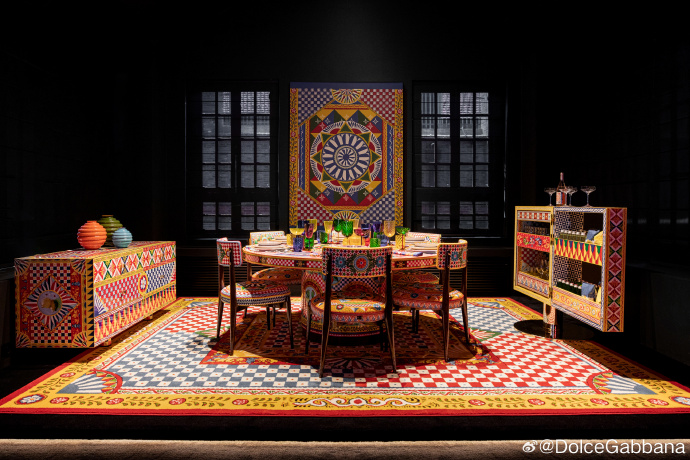
——Custom Interiors: Catering to the Private Demands of High-Net-Worth Clients
Luxury brands are extending bespoke traditions into home design, offering customized interior design services to meet the diverse needs of affluent clientele.
Loro Piana has developed innovative fabrics for interiors, providing over 200 materials and 1,000+ color options, including carpets and wall coverings crafted from wool, alpaca, cotton, linen, and silk. Collaborating with architects and designers, the brand delivers custom soft furnishings. After renovating Villa Cima on Lake Como in 2019, Loro Piana expanded into full-service interior design—from fabric selection to art direction—creating exclusive solutions for entire residences.
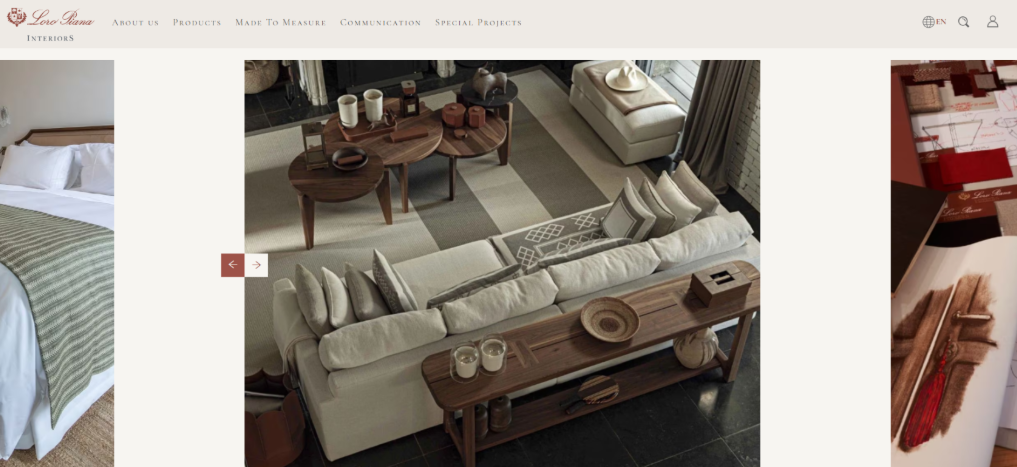
Stefano Ricci and FENDI Casa take customization further, offering end-to-end services spanning soft and hard furnishings. FENDI Casa partners with architects and studios to design interiors for villas, yachts, and luxury apartments. Stefano Ricci deploys Florentine master artisans globally for turnkey projects, ensuring handcrafted precision. Their clientele ranges from tycoons’ estates to presidential offices.

Why Are Luxury Brands Prioritizing Home Collections?
—Expanding Categories, Unlocking New Growth
Amplified by social media, living spaces have become vital canvases for personal aesthetics and taste. Post-pandemic, with extended time spent at home, consumers increasingly seek home products that blend quality and design.
As Alberto Da Passano, CEO of FENDI Casa, stated in an interview with LUXE.CO: “While homes were once private sanctuaries rarely discussed, people now openly share their spaces, using furniture to express individuality. Conversations about interior design and furniture choices have become commonplace, fueling demand for pieces that reflect personal style.”
For luxury brands, home lines are not just about meeting demand for refined living environments—they represent strategic growth drivers in the burgeoning lifestyle market.
Homeware’s vast range—from fragrances and textiles to lighting, custom furniture, and full-scale renovations—allows brands to engage diverse consumer tiers. Compared to seasonal fashion collections, home products entail lower production risks and inventory turnover, creating synergies with core categories like leather goods or jewelry.
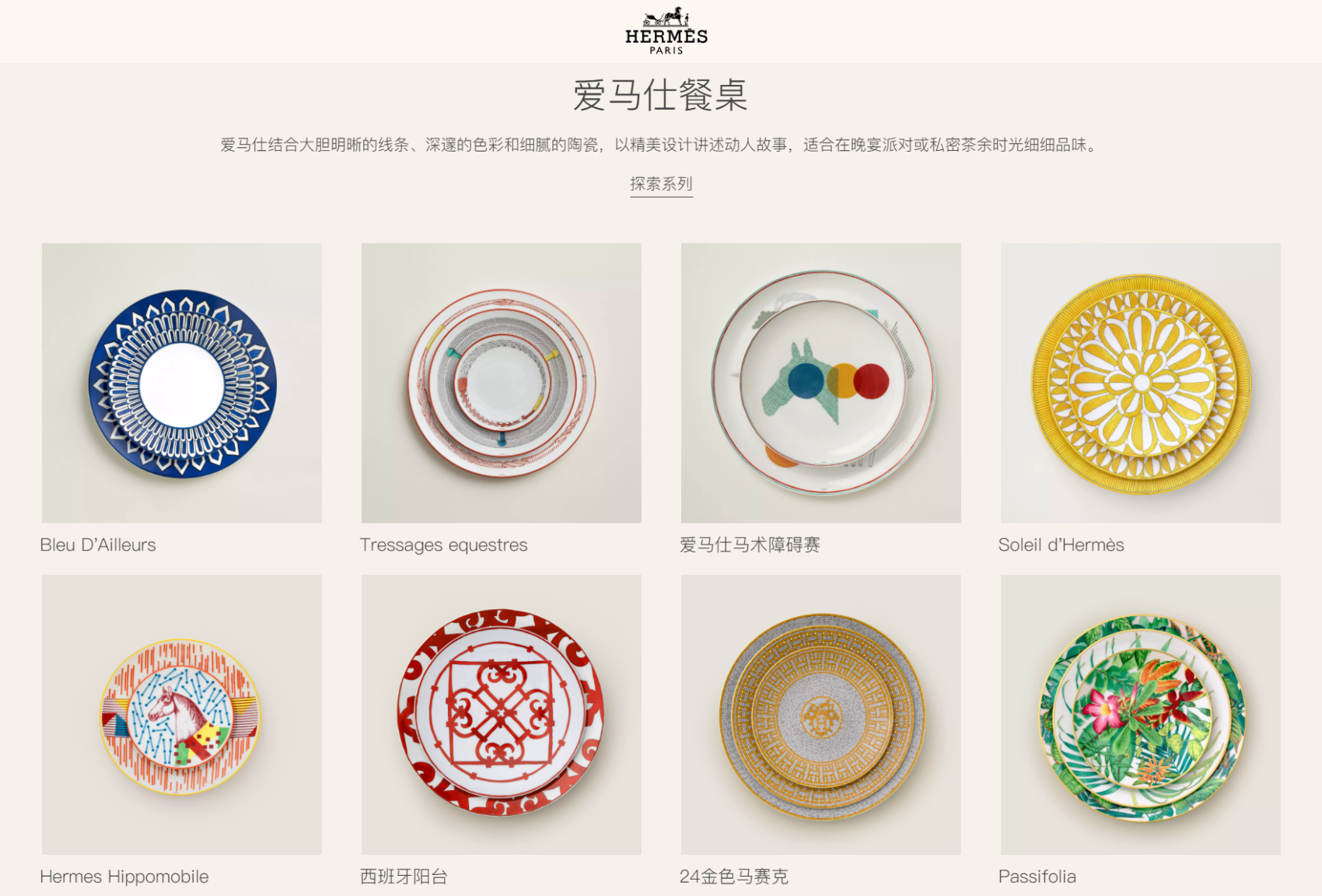
Take Hermès: In FY2023, its “Other Metiers” division (including homeware and jewelry) grew by 26%, becoming the brand’s second-fastest-growing segment. In FY2024, it maintained robust 17.1% growth, rivaling the long-dominant leather goods unit.
Filippo Ricci, Creative Director of Stefano Ricci, revealed in an Italian media interview: “Our lifestyle segment is expanding rapidly, driving the brand’s 2024 growth.”
——Building Brand Universes, Deepening Customer Loyalty
Compared to ready-to-wear, handbags, or footwear, home products offer a more intimate and exclusive connection with consumers, serving as immersive platforms to convey a brand’s aesthetic philosophy and lifestyle ethos.
Regardless of category or production method, luxury brands rigorously align homeware designs with their core identity, crafting cohesive experiences that resonate deeply. This strategy amplifies brand desirability by embedding itself into daily life, fostering unbreakable emotional bonds across every lifestyle touchpoint.
Raffaella Vignatelli, CEO of Luxury Living Group, remarks: “Fashion brands excel at identity-building through campaigns and social media. Extending this into lifestyle offerings is a powerful way to deepen connections.”
Though often pricier, home lines act as satellites to core categories—never overshadowing them. Many brands reinterpret iconic fashion or leather goods into home pieces, reinforcing recognition. For instance, Fendi transforms its Peekaboo bags, fur textures, and knit patterns into sofas and lamps.
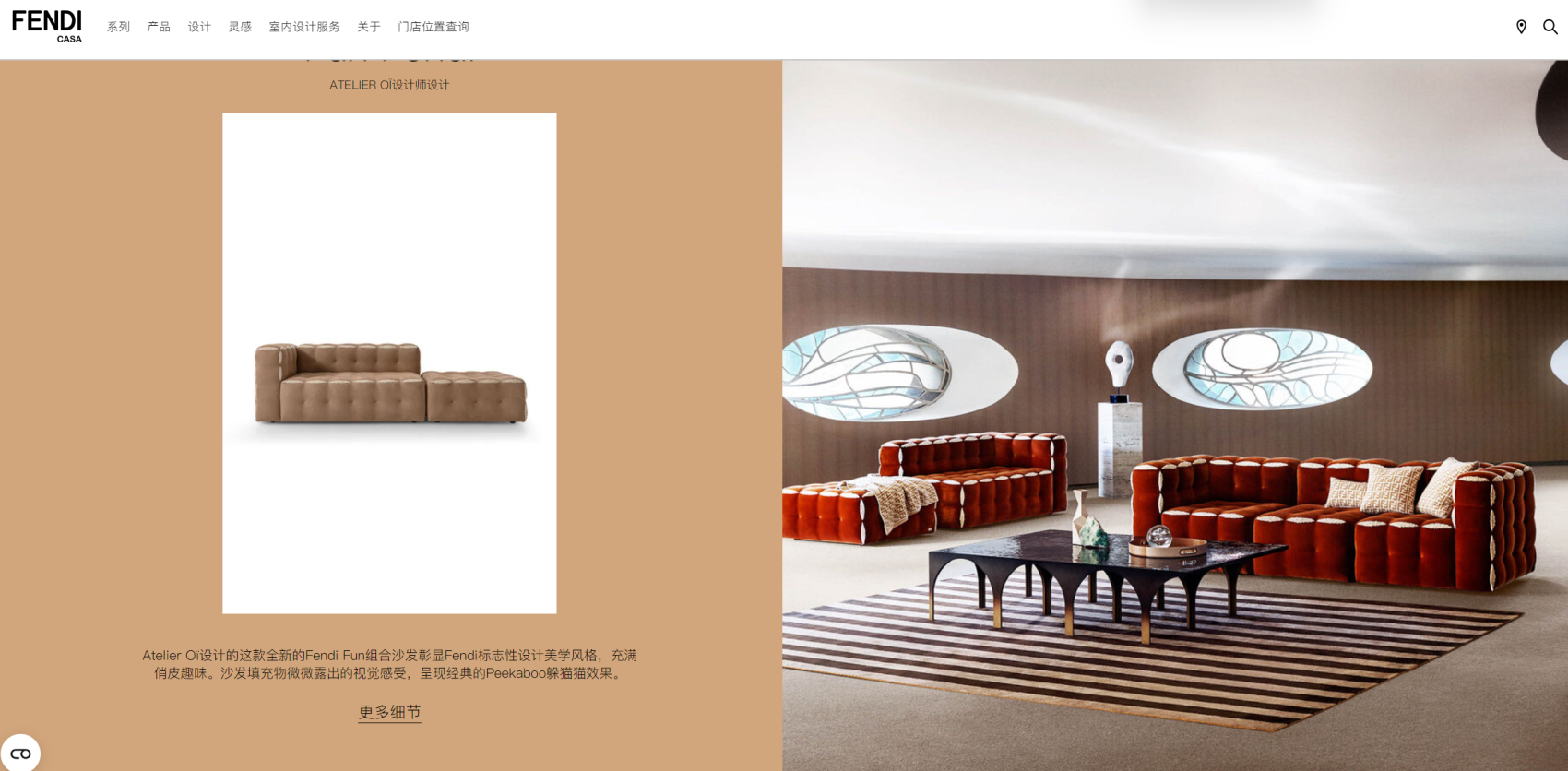
Former Fendi CEO Serge Brunschwig told LUXE.CO: “FENDI Casa’s uniqueness lies in perpetuating Fendi’s DNA. Each piece is an extension of our brand language.”
Louis Vuitton channels its “travel” heritage by reimagining historic trunks as coffee tables and vanities. Collaborations with global designers continuously enrich its Objets Nomades collection. In November 2024, LV opened a 200㎡ home space in Beijing’s China World Mall—mirroring its Asnières ancestral home—with a salon featuring identical ceiling moldings and window frames.
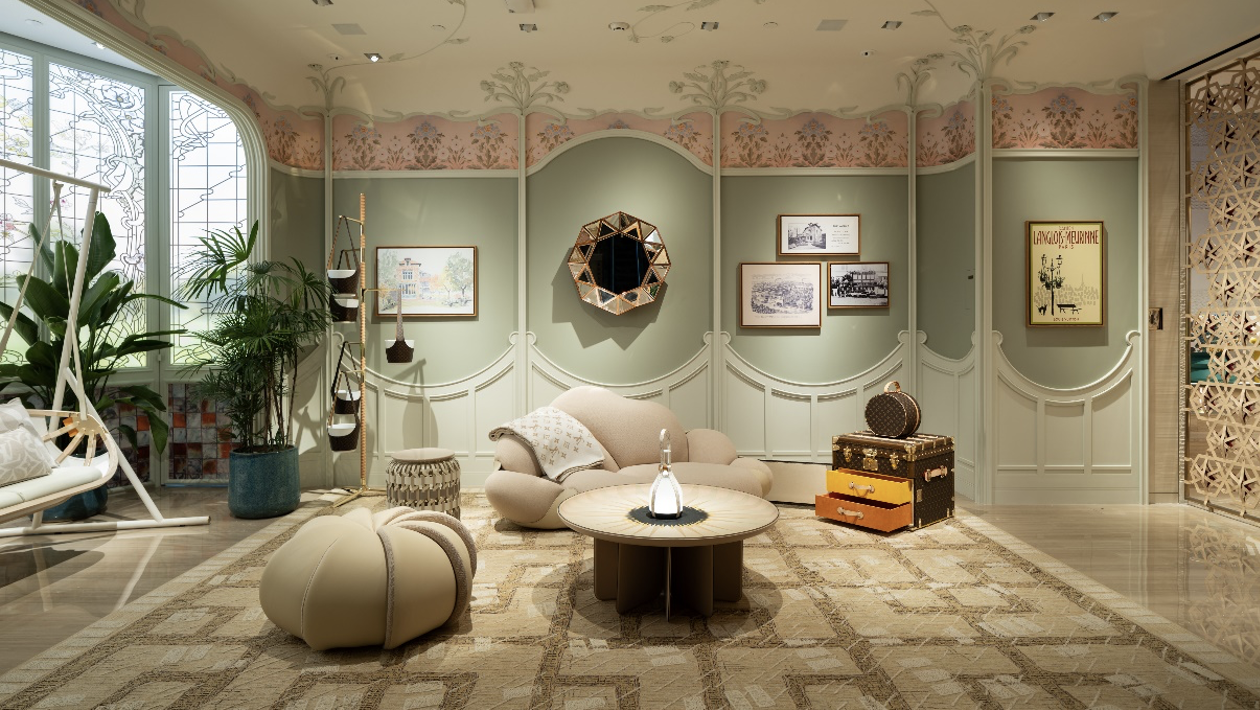
Gucci leveraged its Anchored Red campaign in September 2024, draping mid-century Italian furniture—sofas, lamps, vases—in the bold hue, synchronizing with global pop-up activations.
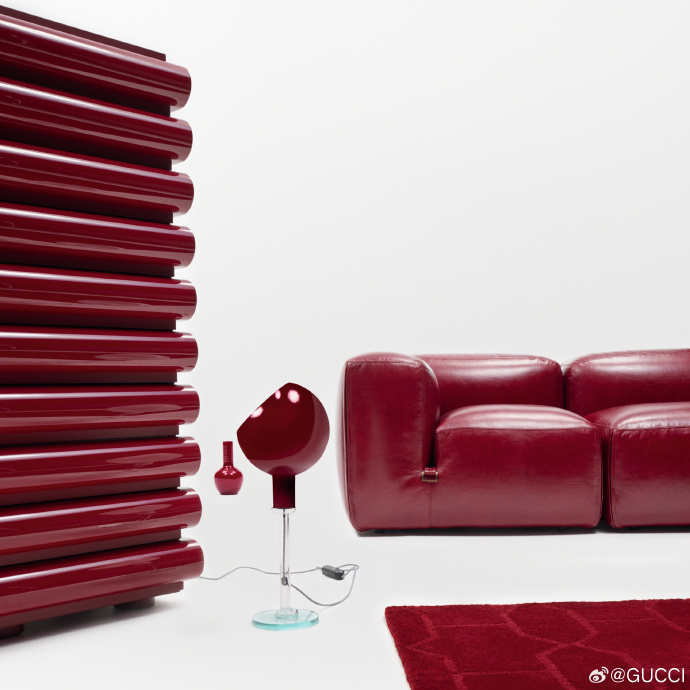
——Showcasing Craftsmanship, Sustaining Novelty
In the realm of home design, creative possibilities far surpass those of fashion. From aesthetic innovation and experimental materials to bespoke finishes and patterns, homeware offers luxury brands a stage to flaunt technical mastery and artistic vision.
In November 2024, Bottega Veneta collaborated with Italian lighting brand Flos to reinterpret Gino Sarfatti’s iconic Model 600 lamp using its signature intrecciato leather weaving.
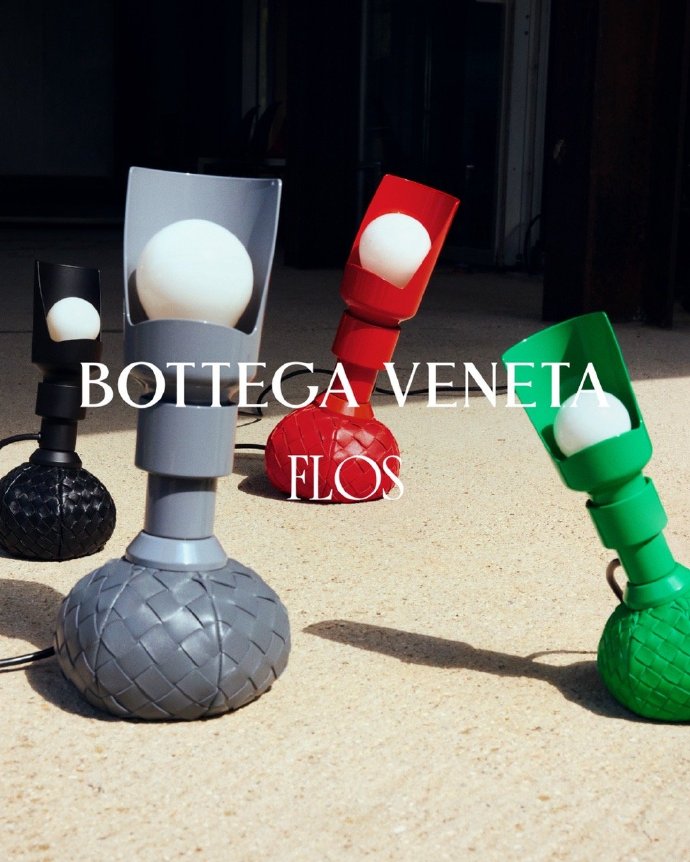
Similarly, Loro Piana’s home collections highlight its textile expertise, Dior’s cushions showcase intricate embroidery, and Tiffany’s tableware nods to its silverware legacy. These diverse expressions allow brands to demonstrate technical excellence while refreshing their appeal.
Cross-industry collaborations further ignite creativity. During holiday seasons, partnerships between luxury brands, artists, and niche designers yield groundbreaking concepts.
Ahead of the 2024 Lunar New Year, Tiffany teamed with Chinese artist Oscar Wang to create Tiffany Blue-glazed ceramic sculptures from Dehua white porcelain. Earlier, its collaboration with art institution Foundation César reimagined tableware inspired by French sculptor César Baldaccini, a pioneer of 20th-century Nouveau Réalisme.

In November 2024, Casa Dolce&Gabbana and Italian coffee brand Bialetti launched a pop-up exhibition in Shanghai’s Zhang Yuan, showcasing limited-edition moka pots celebrating Italian coffee culture. The same space debuted collaborative pieces with Chinese designers Xu Mingyu and Wu Jie at Dolce&Gabbana’s first overseas Casa Dolce&Gabbana experience hub.
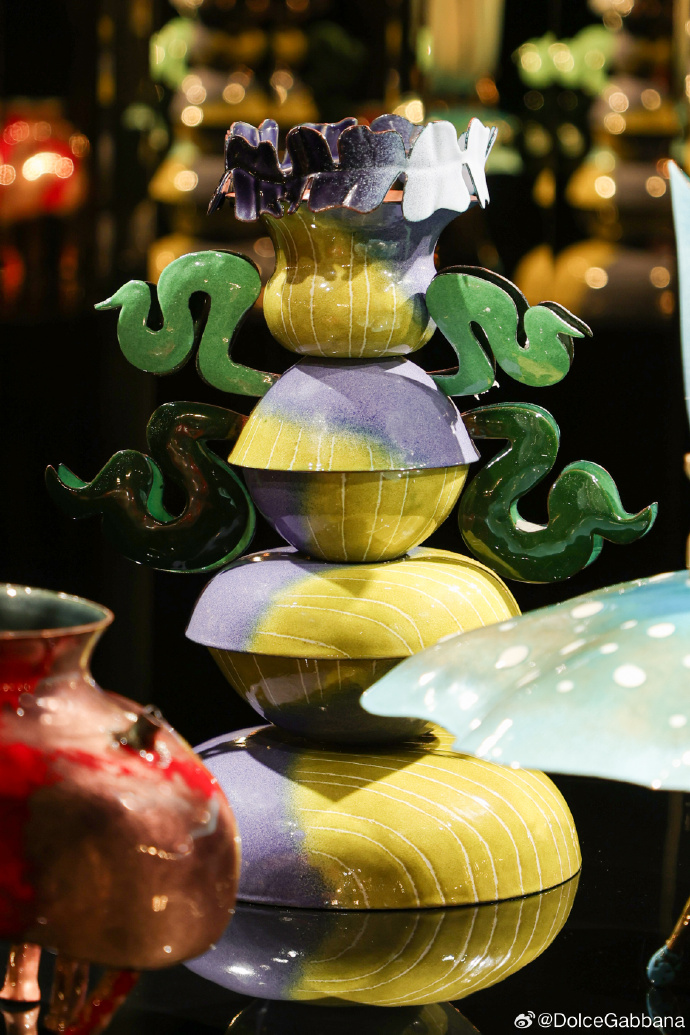
These partnerships offer consumers eclectic artistic experiences while amplifying brands’ cultural reach. As cultural conduits, home products vividly demonstrate luxury houses’ ability to bridge disciplines and influence global aesthetics.
|Editor: LeZhi

